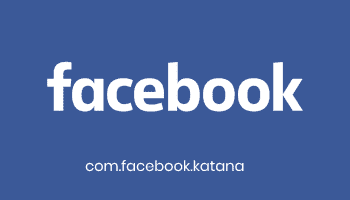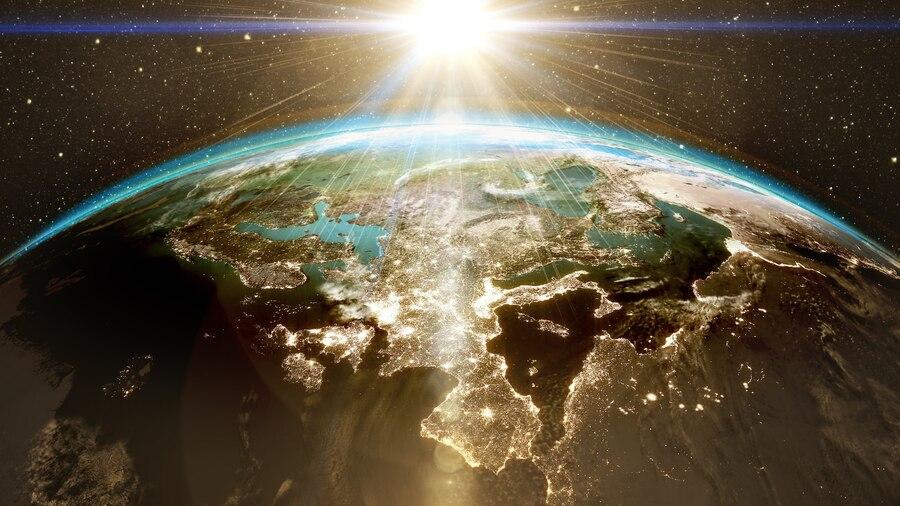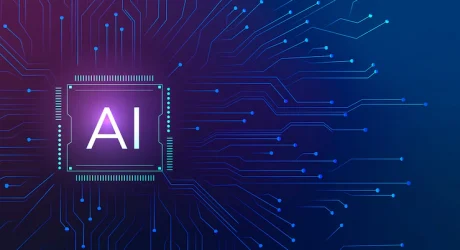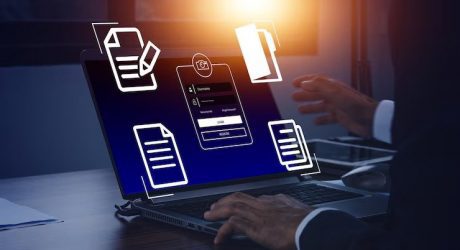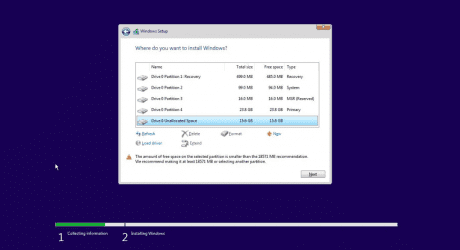The knowledge about traditional farming practices has been passed down from generation to generation, but now a significant part of agricultural processes takes place in space. With the help of data collected from space, productivity, sustainability, and profitability are improved.
But in addition to satellite technology, the use of drones in agriculture has also become a popular addition to the scene of sustainable farming.
In agriculture, they are used in animal husbandry, crop production, and horticulture, as well as for monitoring fields, inspecting them, and mapping terrain. In this piece, we will discuss both drones and satellites (more here) to explain which might be a better source of Agri data and why.
Drones

The first positive aspect of drones used in agriculture is a more advanced and efficient system for receiving and analyzing data. Information from drones is sent to the operator in live mode, which helps to respond faster to changing conditions.
More so, drones used in farming can be equipped with various types of sensors that collect different types of data on the current vegetation state, diseases, pests, etc.
Drone data can also complement satellite information. Effective information management is possible only with timely updating of software, data storage, and analysis tools.
Also, it’s important to note that depending on the legislation of the country in which the drone is planned to be used, operating conditions may vary. For example, in some countries, in order to monitor fields, it will be necessary to obtain, in addition to a license, an aviation reference number.
Speaking of drones vs. satellites for agricultural monitoring, both have their pros and cons. Some of the most common bottlenecks that farmers face when using drones are:
- Impact of weather conditions on the operation of the drone. A big problem for drone operations is windy weather. During strong winds, it is very difficult to fly the drone, and the quality of the received data may be poor. For regions in which strong winds are considered common, it is necessary to select specialized types of “drones”, which could be quite expensive.
- Bad Internet connection. For the drone to work properly, a stable internet connection is essential, as the drone uses a GPS system for positioning and transmits data instantly over the network. Therefore, the drone will work more reliably in places with high Internet coverage.
- Birds. Some birds may mistake an unmanned aerial vehicle for prey and attack, breaking an expensive piece of equipment with ease.
- Price. The disadvantage of using drones is the high cost of the device itself plus the maintenance costs. Also, the installation of additional sensors will require finances.
Satellites

The essence of satellite monitoring is the analysis of the state of crops based on satellite image analytics. The analysis is performed based on vegetation indices measurements during the growing season.
NDVI index is the most popular among farmers — the higher its value, the better developed the biomass. The main tools for agronomists that use satellite monitoring are digital field maps created based on the vegetation indices.
A significant advantage of satellite monitoring is the possibility of obtaining archival images. If the area of interest is in the “field of view” of the satellite, growers can get historical images of it over the past few years.
Such an analysis will make it possible to compare in dynamics the most and least productive fields and field zones, the development of vegetation, and the presence of problem areas. If in the same area of the field the problem repeats from year to year, it will be easier for farmers to determine the cause and take measures to eliminate it.
Contrasting drones vs satellite imagery, the main advantages of using satellite pictures would be:
- Imagery is provided constantly. A large number of satellites in orbit ensures uninterrupted high-frequency satellite imagery, unlike drone surveys that require a trip to the field
- Automatic collection and processing of data thanks to on-the-fly analytics
- The images are already integrated into the data processing platform in a format convenient for analysis, while the user must integrate information from the drone into software solutions
- Scalability of shooting any number of fields of any size: you only need to set their coordinates, while the daily coverage of the territory by the drone is limited
- Lower cost of satellite imagery compared to the price of a drone and its maintenance.
Overall, satellite-based crop monitoring platforms like Crop Monitoring by EOSDA enable effective management and timely response to any threats that might impact healthy crop development.
EOS Crop Monitoring utilizes advanced imagery analytics to improve decision-making in crop cultivation, crop insurance, and much more.
For example, crop insurance companies require reliable current and historical field data to track and analyze agricultural activities and determine if insurance claims should be compensated. Therefore, both satellites and drones can be of great help to agricultural businesses, depending on their particular needs and the size of area under monitoring.
Additionals













